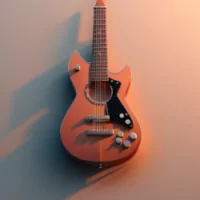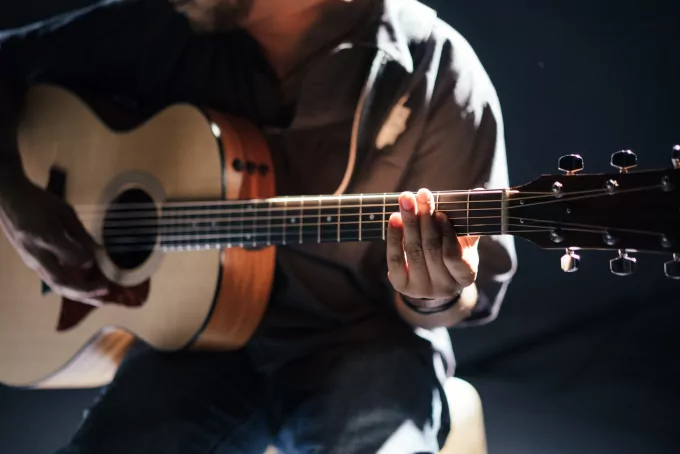Dub music is a notable and significant phenomenon in the diverse tapestry of musical genres that have arisen from Jamaica, a dynamic Caribbean island. Dub music, which has its roots in reggae and was created in the 1960s, has permanently changed the face of world music. It has captured generations of fans and musicians alike with its cutting-edge production methods, powerful basslines, and experimental soundscapes. Let’s take a journey into the core of dub music to examine its antecedents, traits, and enduring influence.
The Jamaican sound system culture of the 1950s and 1960s is where dub music got its start. In locations with limited access to conventional venues, sound systems served as mobile discotheques that were essential in spreading music to the public. To keep the dance floor moving at these energetic street gatherings, DJs would remix and lengthen well-known songs. The dub genre was created as a result of this toasting and editing technique.
King Tubby, who is frequently regarded as the “Father of Dub,” was crucial in influencing the development of the genre. Tubby started tinkering with audio equipment at his Kingston studio, deleting vocals from tracks, putting more emphasis on basslines, and adding reverb and echo effects. A new kind of music with a stronger instrumental and auditory emphasis than vocals was created as a result of this experimental approach.
Learn to Play the Guitar
The unusual production methods that define dub music are its defining characteristics. By “dubbing” or remixing already-existing reggae tunes, dub tracks are frequently produced. Dub music’s distinctive qualities include:
Basslines and Rhythm: Intricate rhythmic patterns and deep, rumbling basslines are heavily emphasized in dub music. These components lay the groundwork for the music’s progression and encourage listeners to become lost in the groove.
The expansive soundscapes of dub music are among its most alluring characteristics. Reverb, delay, and echo are three methods used by producers to give music depth and dimension, engulfing the listener in a sonic journey.
Sound Effects: Dub producers have a reputation for using sound effects in inventive ways. These effects can include sirens, horns, and other samples that give the music a degree of unpredictability, as well as the recognizable “tape rewind” sound.
Vocals may be present in certain dub tracks, but they frequently take a backseat to the musical components. As a result, it is possible to experiment with melodies, solos, and instrumental improvisations.
Studio magic: In dub production, the mixing board transforms into a separate instrument. To create original versions of music, producers alter tracks in real time by changing levels, effects, and filters.
Beyond its Jamaican roots, dub music has had a significant global impact. Hip-hop and other musical genres, as well as electronic dance music (EDM), have benefited greatly from its influence. Generations of producers and artists have been motivated to push the limits of what is possible in the studio by the innovative and experimental nature of dub production techniques.
Remixing, which is at the heart of dub music, has evolved into a crucial component of modern music production. To honor the dub legacy of song deconstruction and reconstruction, DJs and producers from all genres today frequently remix and reinterpret tracks.
The strength of musical innovation and inventiveness is demonstrated through dub music. Its impact on the world of music continues to resonate, and its production methods continue to be fundamental to the creation of contemporary music. Its captivating soundscapes serve as a reminder to listeners that music isn’t just about what is played, but also about how it is understood and altered.
The echoes of dub may be heard, serving as a reminder that innovation knows no boundaries whether you’re a fan of reggae, electronic music, or any other genre. So keep in mind the dub pioneers who set the path for a sonic revolution that still captures our ears and hearts the next time you find yourself immersed in a song’s booming echoes.
Photo by Gabriel Gurrola on Unsplash

